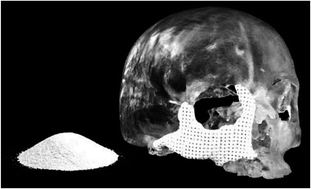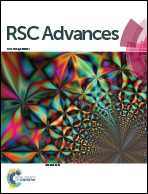Recent developments in 3D printable composite materials
Abstract
3D printing technology is now frequently employed in many areas of research and development. However, a relatively narrow range of 3D printable materials with a limited spectrum of physico-chemical properties still restricts the true potential of this potentially disruptive technology. There is rapidly increasing interest in the improvement and diversification of properties of generic printing materials via the introduction of fillers with unique properties, and/or by blending materials exhibiting different properties to generate high performance composites. 3D printed composites have already been utilised in a wide range of applications, including biomedical, mechanical, electrical, thermal and optically enhanced products. The increasing popularity of 3D printed composites can be attributed to the ability to fabricate complex geometries, low cost production, and other advantages associated with rapid prototyping. This review covers all the recent reports in which the properties of generic 3D printable materials have been modified either by adding nanoparticles, fibers, other polymers, or by a chemical reaction for fabrication of composites with enhanced biomaterial, mechanical, electrical, thermal, optical and other properties.


 Please wait while we load your content...
Please wait while we load your content...